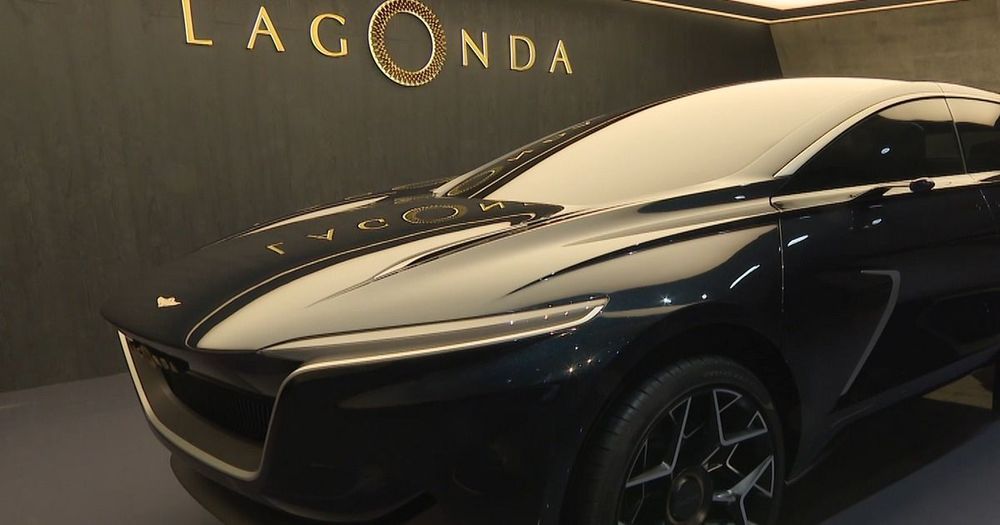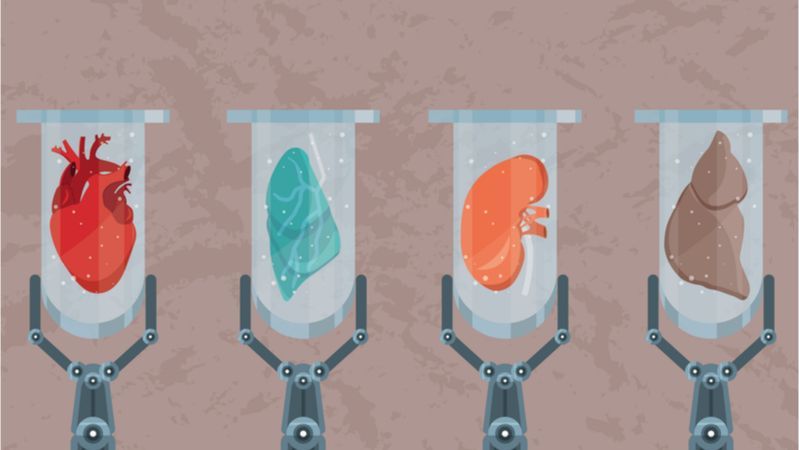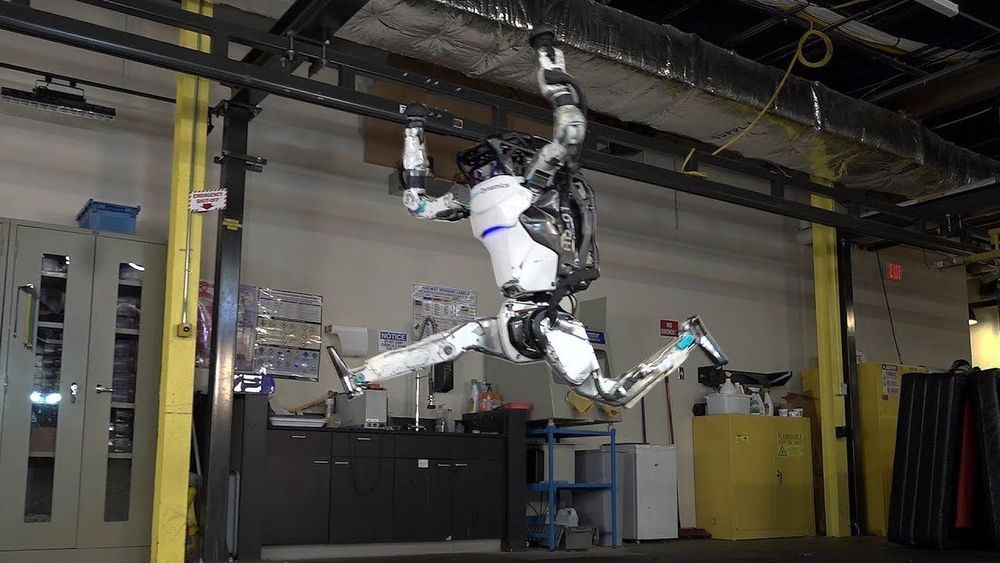Sep 24, 2019
Aston Martin’s new fully-electric Lagonda could be the future of SUVs
Posted by Omuterema Akhahenda in categories: robotics/AI, transportation
The brand claims it’s the first luxury battery electric vehicle promising both autonomous and zero-emissions driving, with an opulent touch.
The car will be powered by two electric motors, which will be mounted on its floor, one on each axle, freeing up a considerable amount of space in the shell for the occupant to enjoy.
The concept features gesture and voice control systems, a levitating key, which will work as the driver’s own personal assistant, rotating seats and premium materials.


















